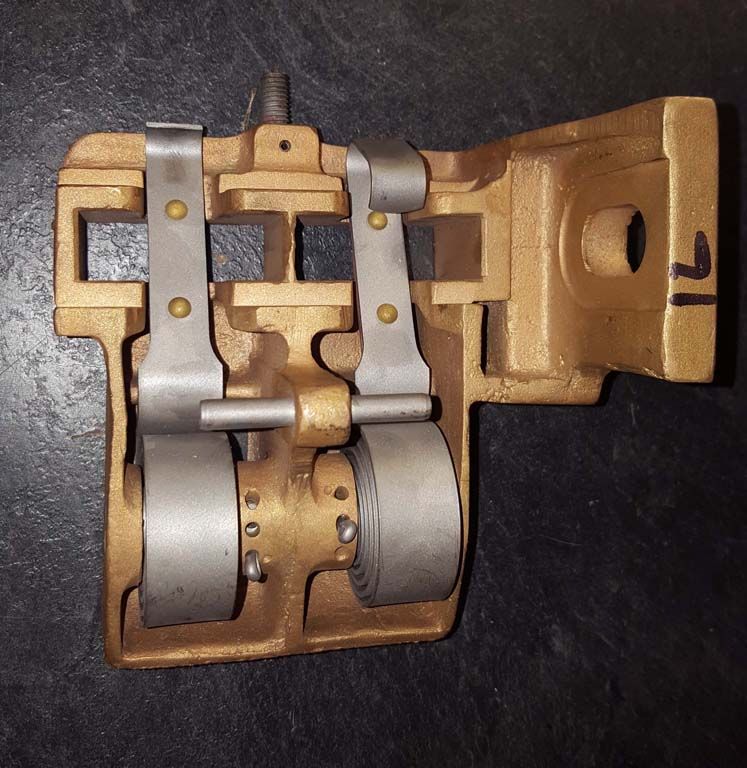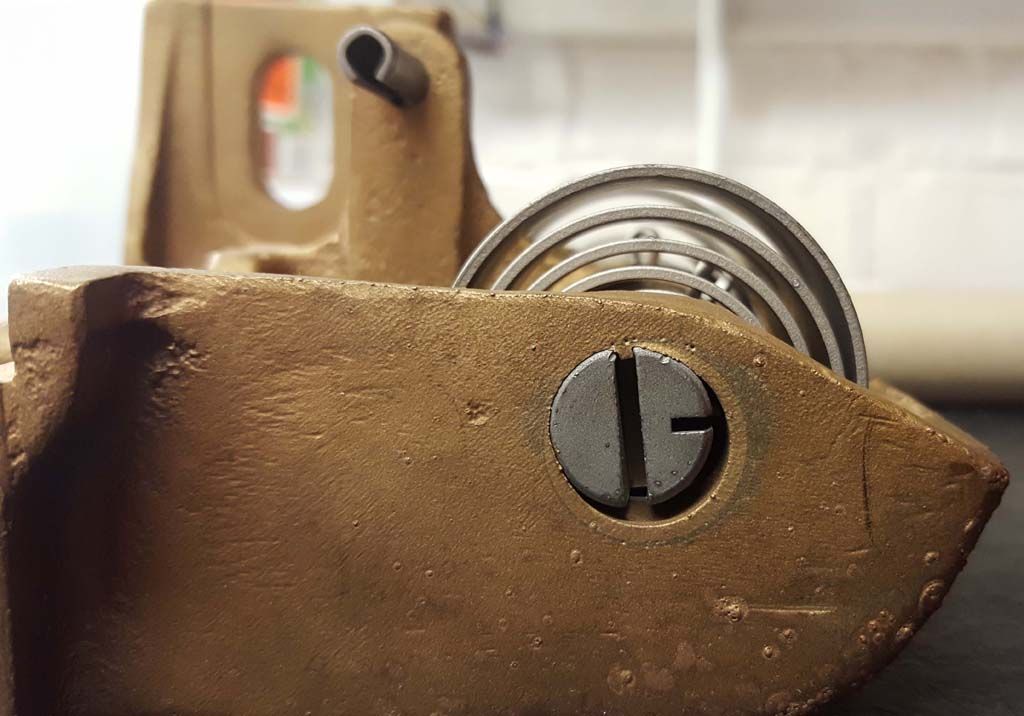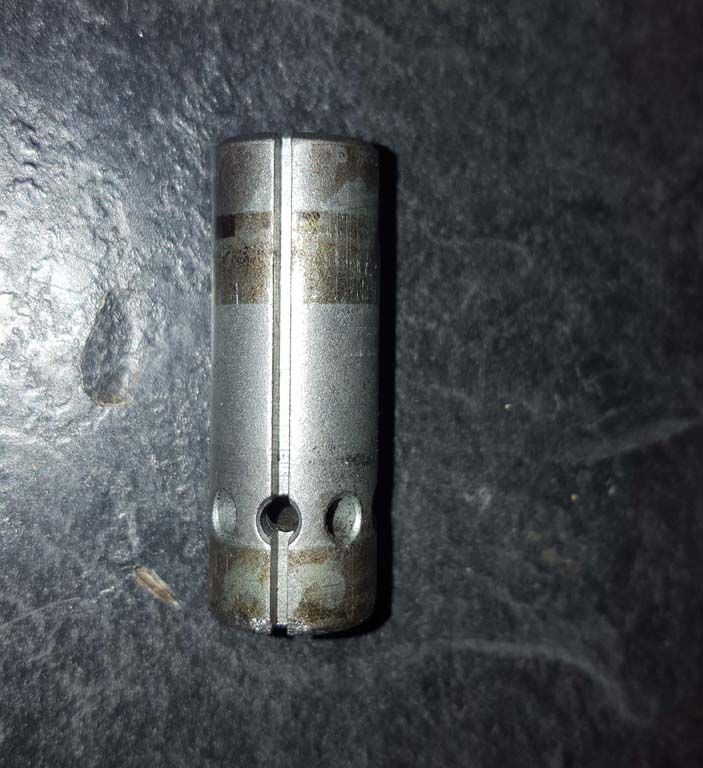Errr, you don't use drills to bore holes?
Here are a few pointers:
When drilling bronze it can "grab" the drill, like brass only worse. The general advice is to stone a flat on the cutting edge of the drill. That's never worked for me, so I use slow helix drills.
Tooling for bronze needs to be sharp, sharp, sharp!
Bronze doesn't like shallow depths of cut, especially if the tool isn't very sharp. The cutting edge seems to ride over the surface, until you add a little more cut, at which point the tool bites, and you end up with over, or under, size work. 
Bronze also has a tendency to close up slightly after machining. So if you ream a hole and then try the reamer by hand it won't go in without a lot of force, if at all.
Using endmills as a "drill" does work, but you need a rigid setup to avoid chatter. Basically lock everything that isn't moving.
I suspect that the bronze "closed up" on your drills and the resulting torque was enough to snap them, especially if you weren't using coolant.
Andrew
Edited By Andrew Johnston on 14/11/2017 17:47:35
Mick B1.








